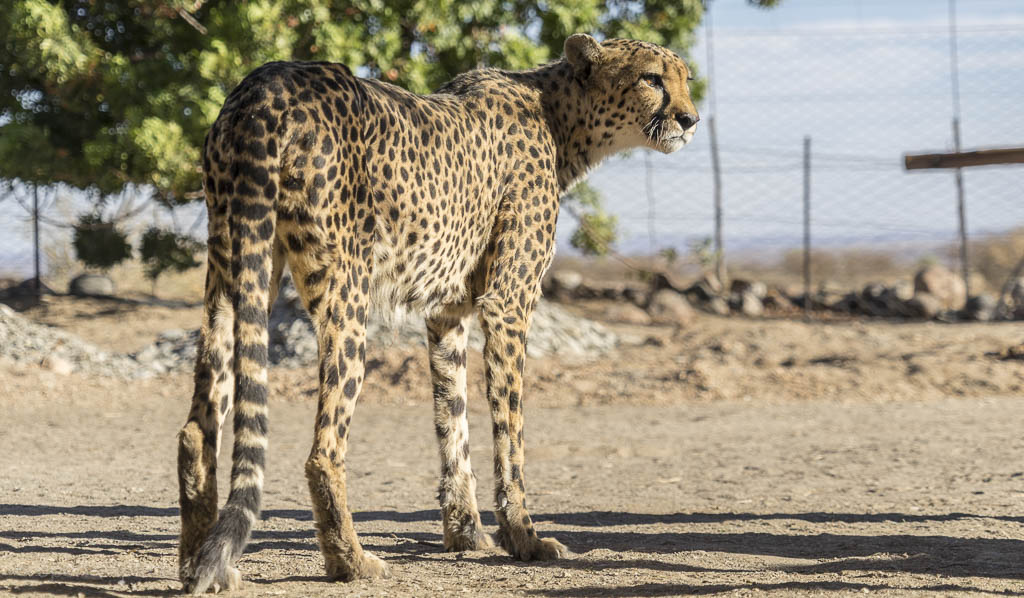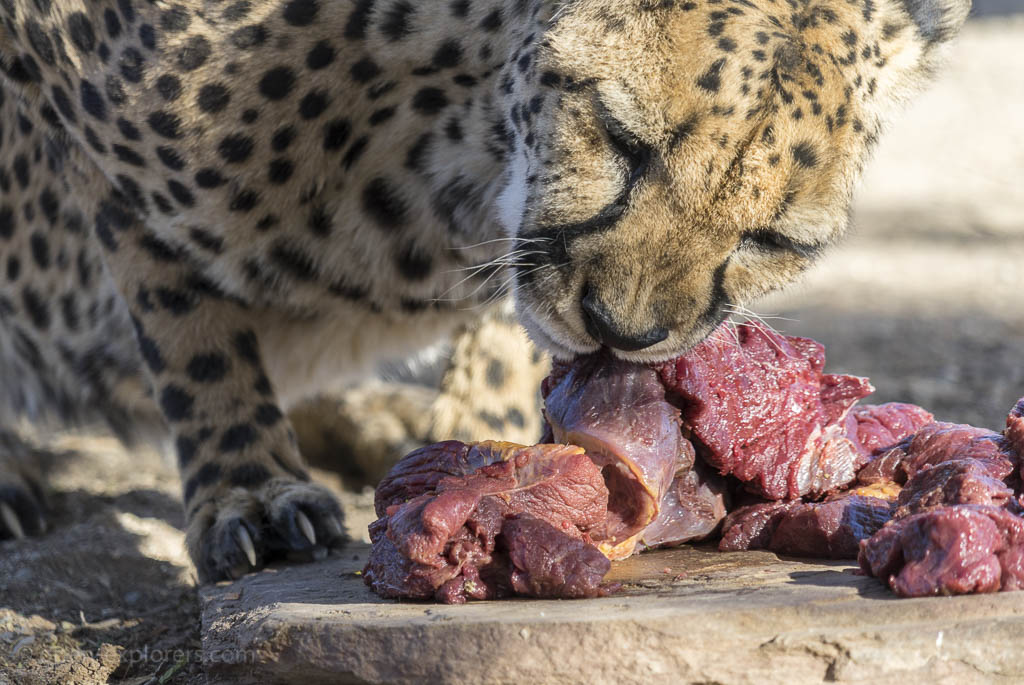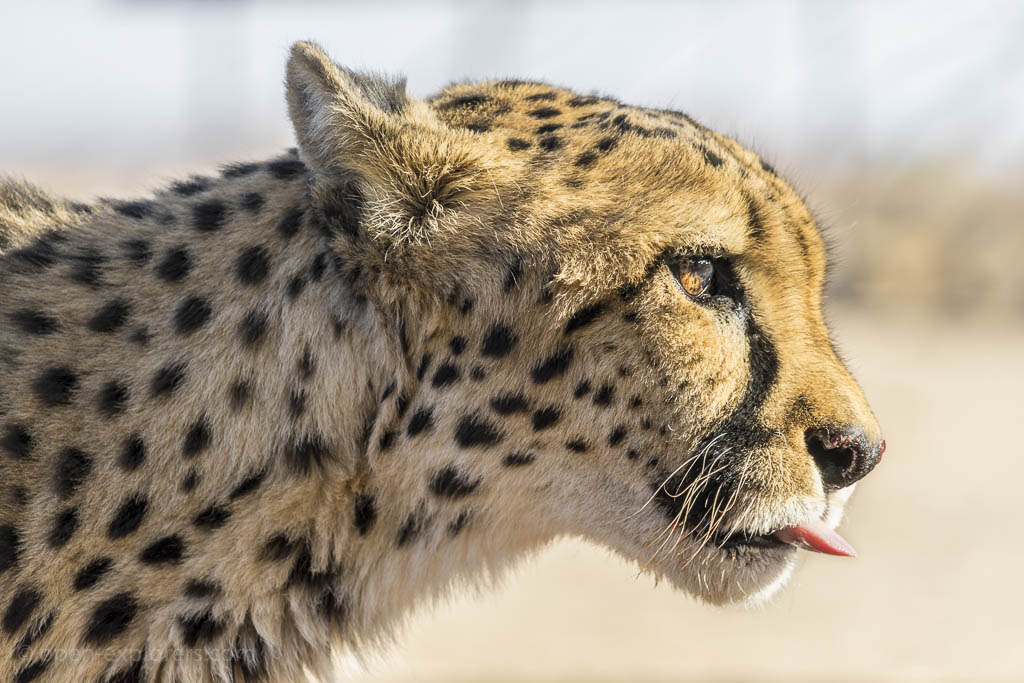Day 909-910 - The quiver tree forest and giant's playground
I find it a bit exaggerated to call a loose accumulation of about 250 trees a forest, but the quiver tree forest near Keetmanshop is something quite unique. The trees measure up to 9 meters (29 ft) in height, are estimated to be 200-300 years old and resemble giant cacti more that trees. It derives it’s name from the san bushmen who used to hollow out it’s branches and used them as quivers for their arrows. Quiver trees only exist in Nambia and sporadically in South Africas northwest. However, here in Keetmanshop is the only place where one can find enough specimen to call it a forest.
Located very close to the quiver tree forest where we put up camp, is the giant’s playground. A bizarre looking landscape of rock formation that looks like it has been created by giants who were playing with and stacking up massive boulders.
While this is a nice idea the source of those boulders is actually of volcanic origin, so-called intrusive rock. About 180 million years ago the breaking up of the ancient super continent Gondwana into what is now South America, Afrika, Antarktica, India and Australia, started. In the process tensional stress caused fractures in the earth’s crust. Molten magma pushed it’s way from the earth’s interior into cracks and fissures of the overlaying rock, cooled off just below the earth’s surface und solidified into very resistant dolerite rock. The surrounding and less resistant sedimentary rock eroded over time and left the dolerites exposed. Spheroidal weathering (also called „onion skin weathering“ or „woolsack weathering“) takes care of the rest. Due to the network of fractures covering the dolerite complex, chemical and physical weathering processes take place on a relitively large surface and give it its unique „woolsack“ or „pillow“ look.
Joey
Tag 909-910 - Der Köcherbaumwald und Giant’s Playground
Eine lose Ansammlung von ca. 250 Bäumen einen Wald zu nennen finde ich etwas übertrieben, aber dennoch ist der Köcherbaumwald bei Keetmanshop tatsächlich etwas sehr besonderes. Die bis zu 9 Meter hohen und 200-300 Jahre alten Bäume erinnern eher an Kakteen und es gibt sie nur in Nambia und vereinzelt im Nordwesten Südafrikas. Hier in Keetmanshop ist allerdings der einzige Ort wo es genügend Exemplare gibt und es Wald zu nennen. Seinen Namen hat der Baum von den San Buschmännern, die die Äste von ihrem weichen Inneren befreiten und als Köcher für ihre Pfeile nutzten.
Ganz in der Nähe des Köcherbaumwaldes wo wir unser Camp aufgeschlagen haben befindet sich auch der Giant’s Playground, der Spielplatz der Riesen. Es handelt sich hierbei um eine bizarre Felslandschaft die aussieht, als hätten Riesen sie beim Spielen und Aufeinanderstapeln riesiger Bauklötze erschaffen.
Tatsächlich sind die Gesteinsbrocken allerdings vulkanischen Ursprungs, sogenanntes Intrusivgestein. Vor etwa 180 Mio. Jahren begann der Großkontinent Gondwana aus dem Südamerika, Afrika, Antarktika, Indien und Australien entstanden, aufzubrechen. Die Erdkruste dehnte sich, und flüssiges Magma aus dem Erdinneren stieg auf, drang in die entstandenen Spalten und Klüfte, kühlte kurz unter der Erdoberfläche ab und verfestigte sich zu einem extrem resistenten Gestein – dem Dolerit. Mit der Zeit erodierte das umliegende weniger resistente Sedimentgestein und legte den Doleritkomplex frei.
Sie sogenannte Wollsackverwitterung kümmert sich dann um den Rest. Chemische und physikalische Verwitterungsprozesse laufen auf grund der Kluftstruktur an einer relativ großen Angriffsfläche ab und geben dem Dolerit seinen einzigartigen „Wollsack“ oder „Kissen“-Look.
Joey
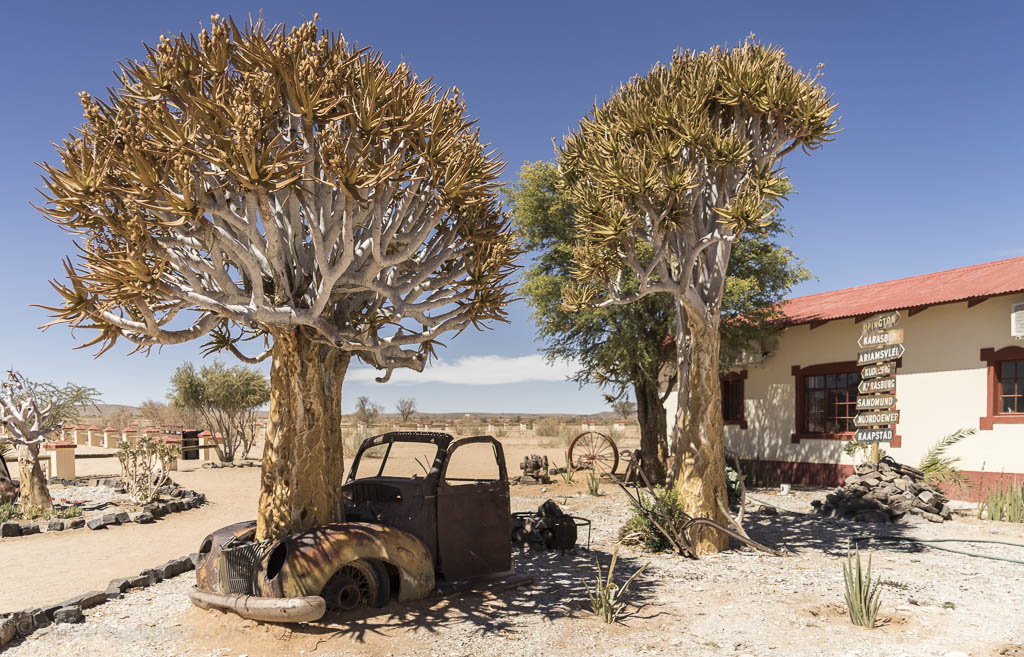
Using old cars for decoration seems to be a thing in Namibia. This is at the Canyon Roadhouse shortly after leaving the Fish River Canyon.
Alte Autos als Deko zu nutzen scheint in Namibia so ein Ding zu sein. Das hier ist kurz nachdem wir den Fish River Canyon verlassen haben beim Canyon Roadhouse.
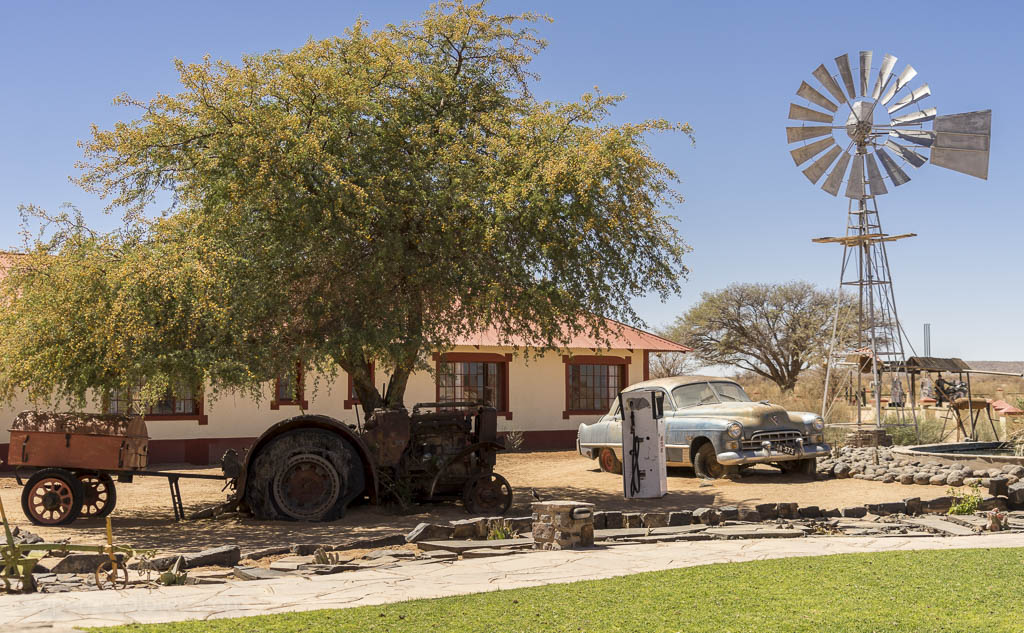
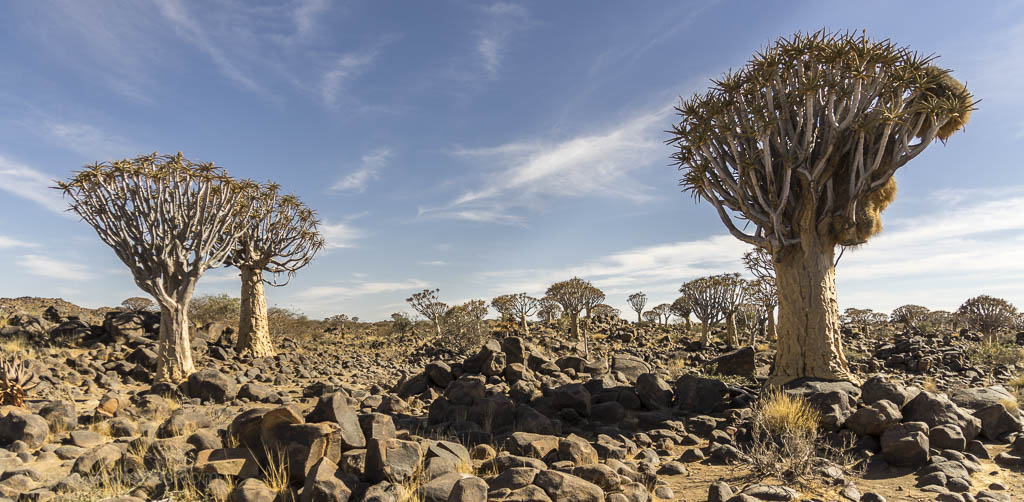
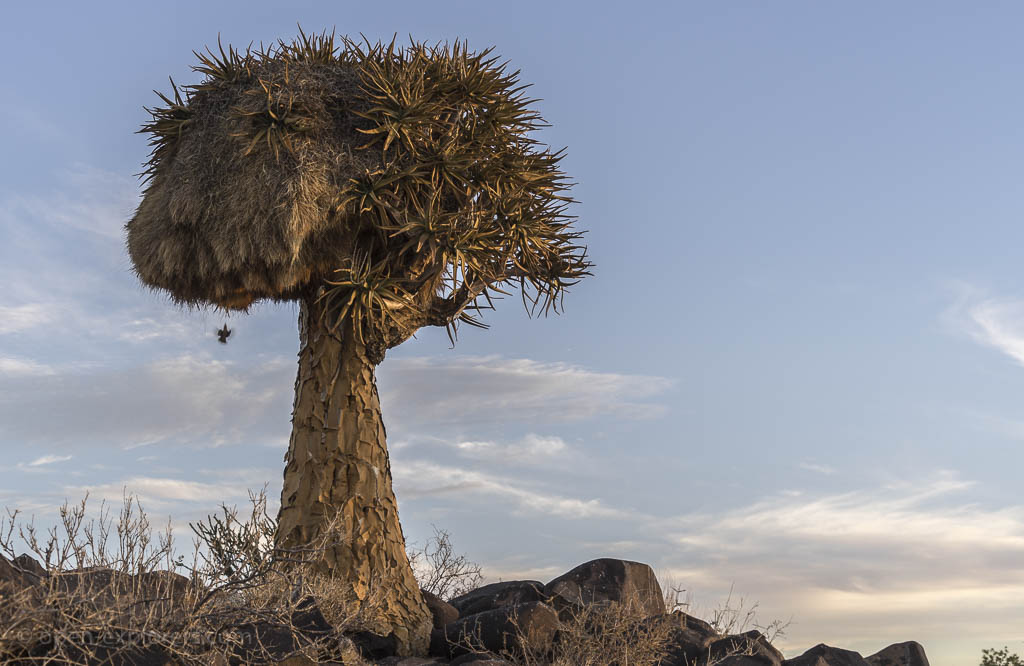
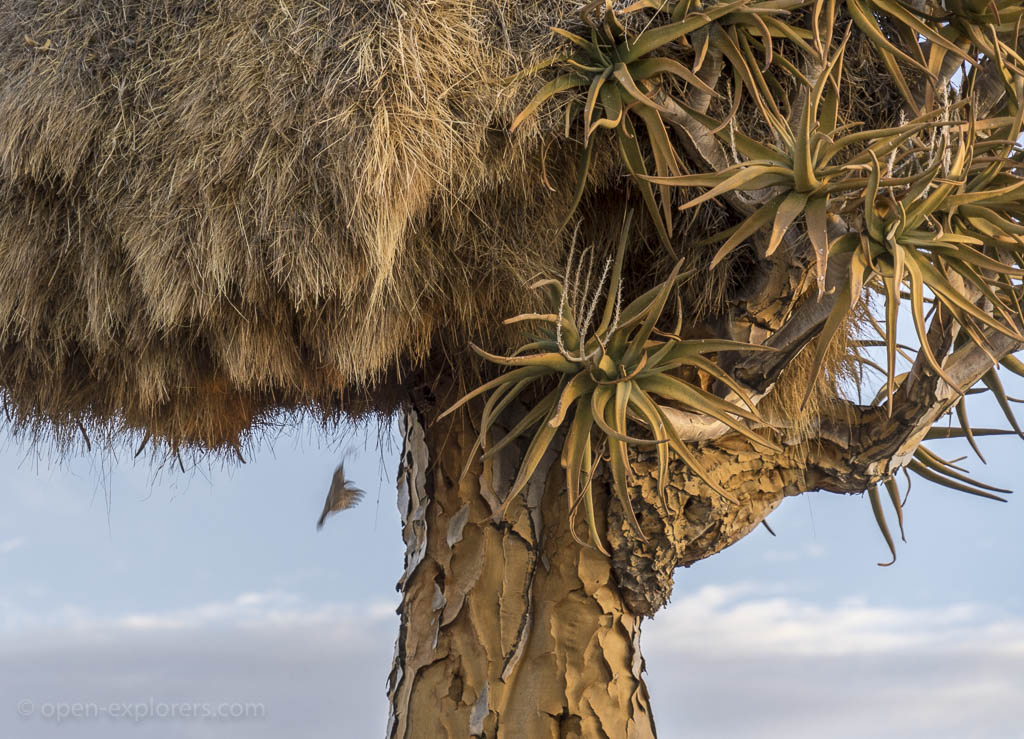
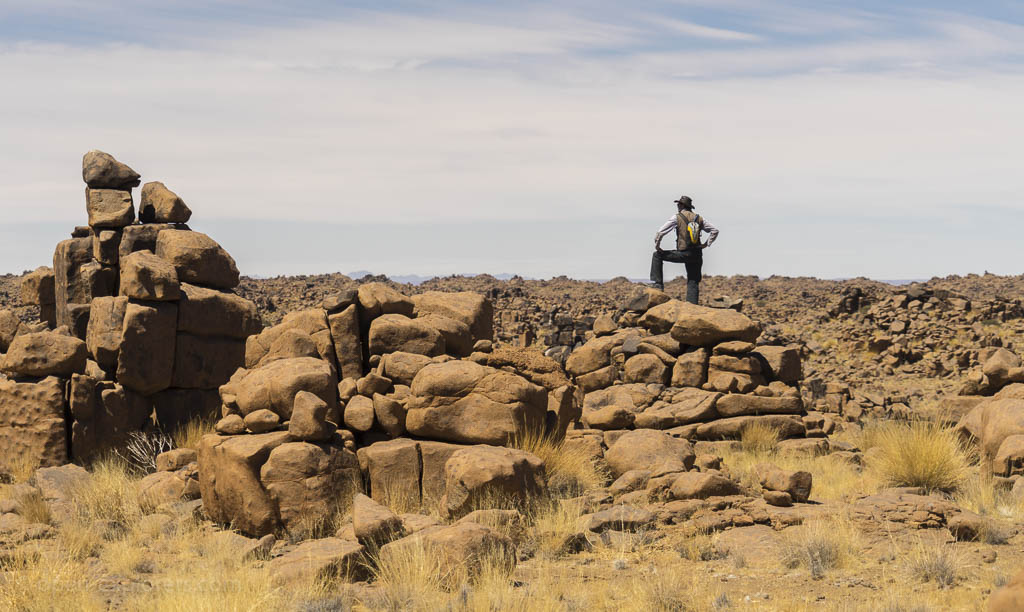
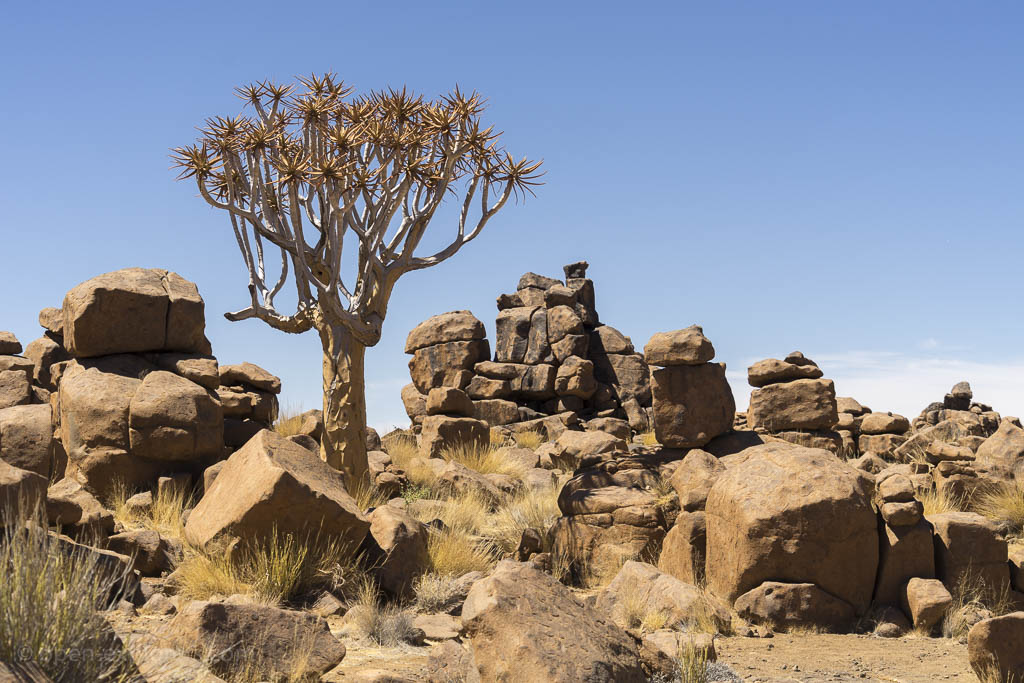
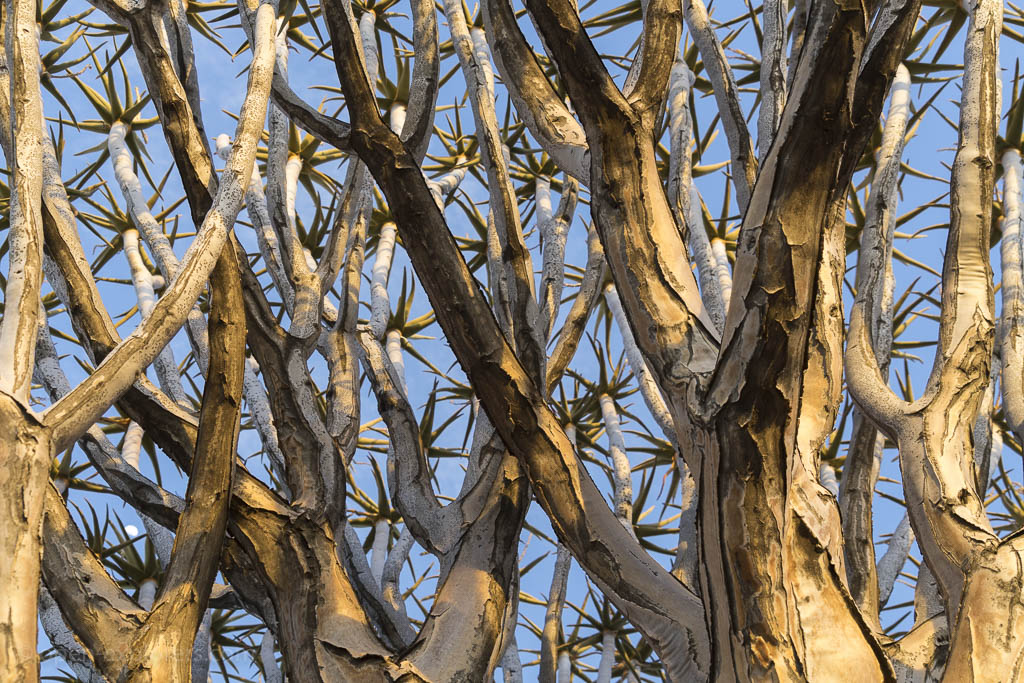
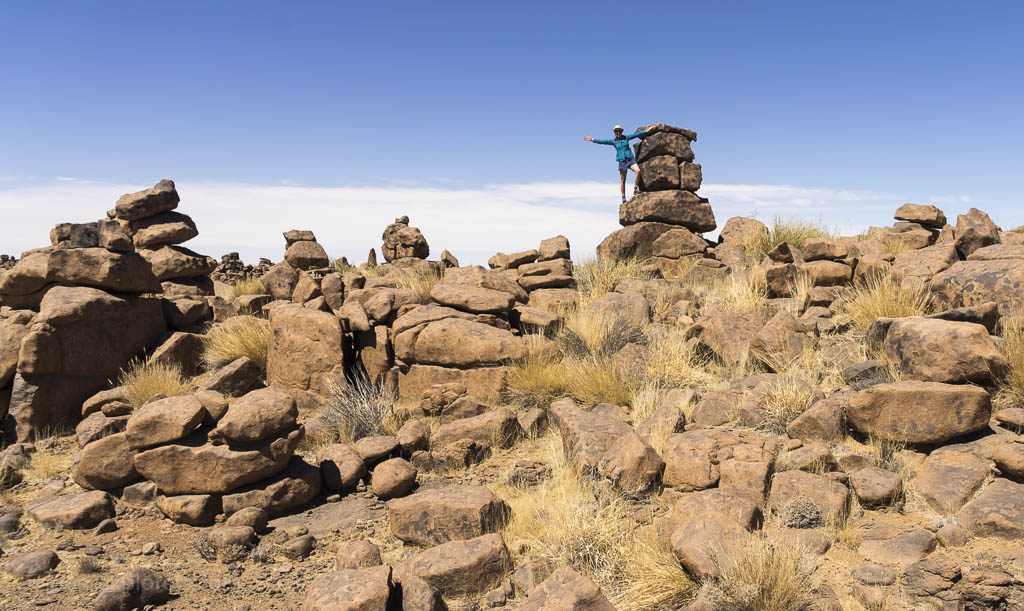
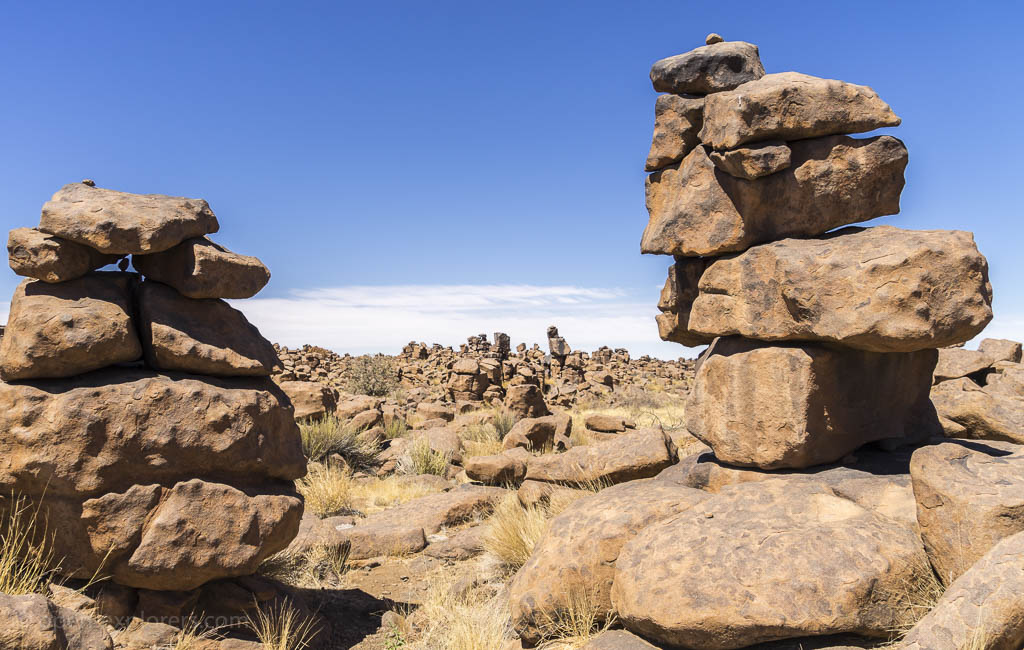

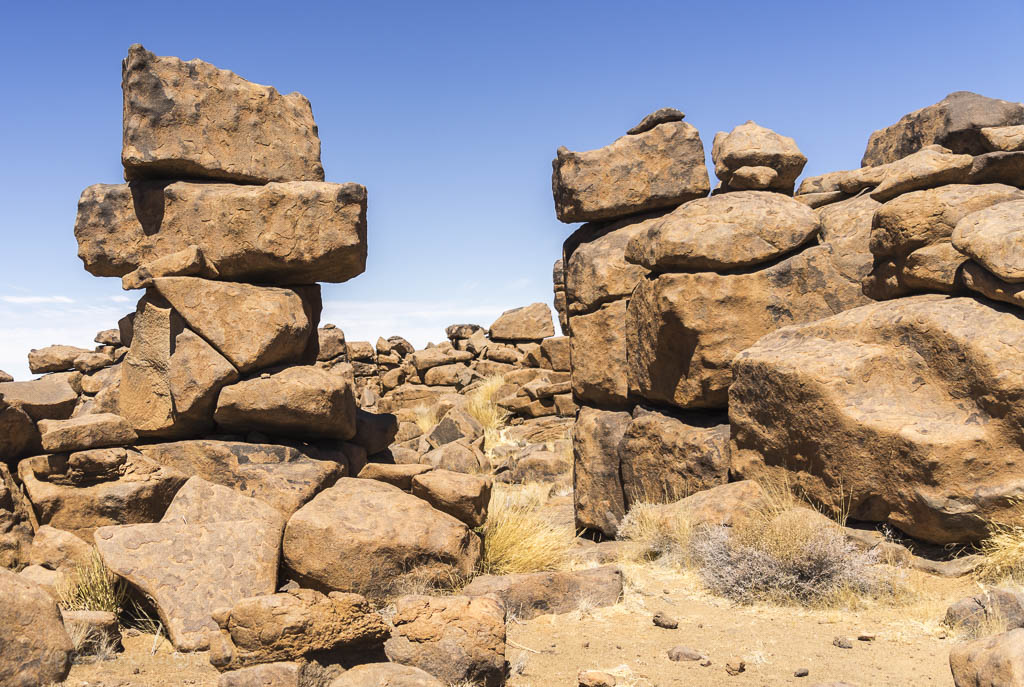
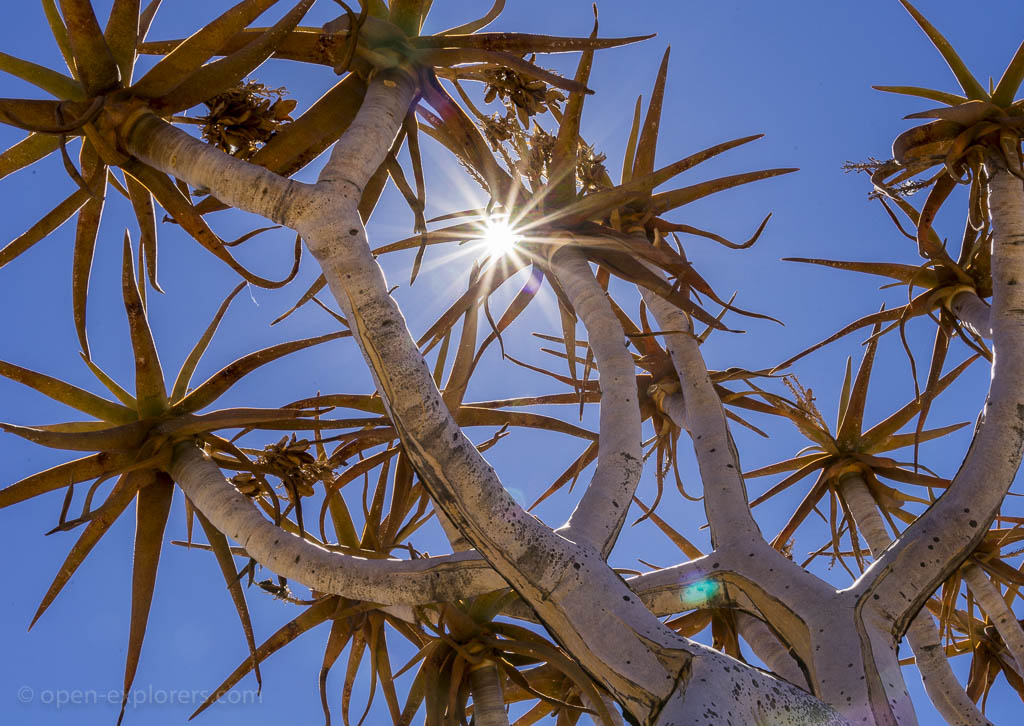
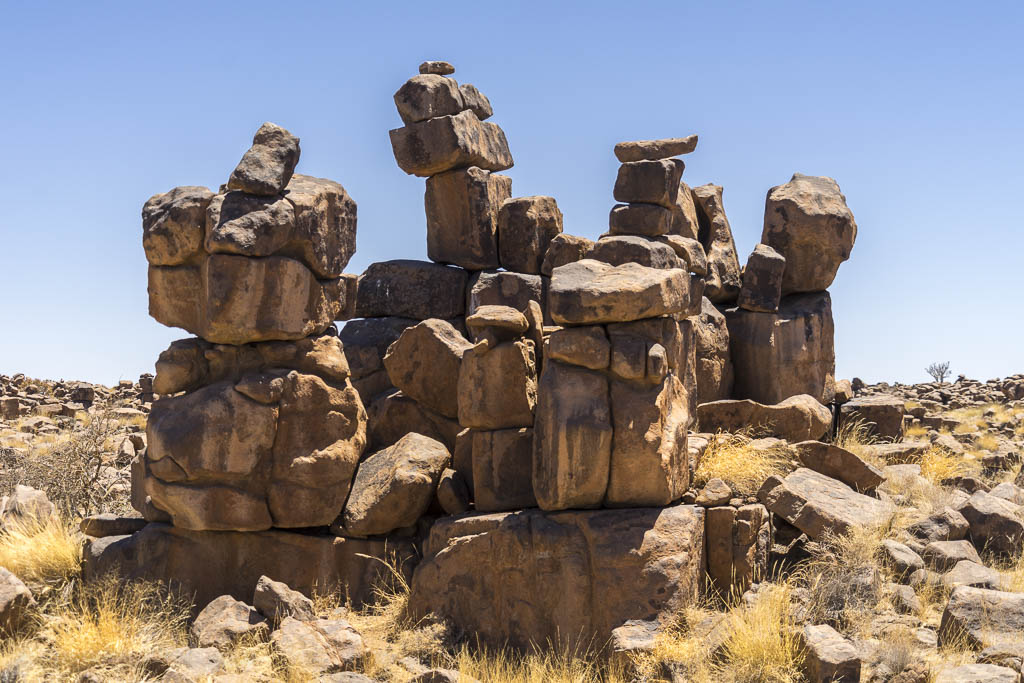
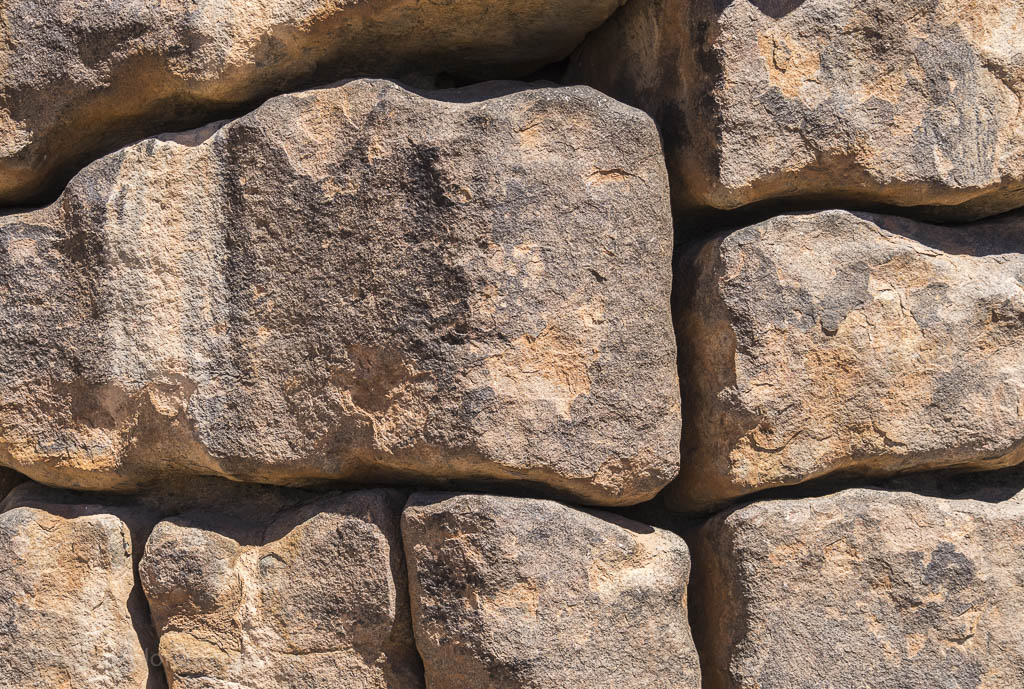
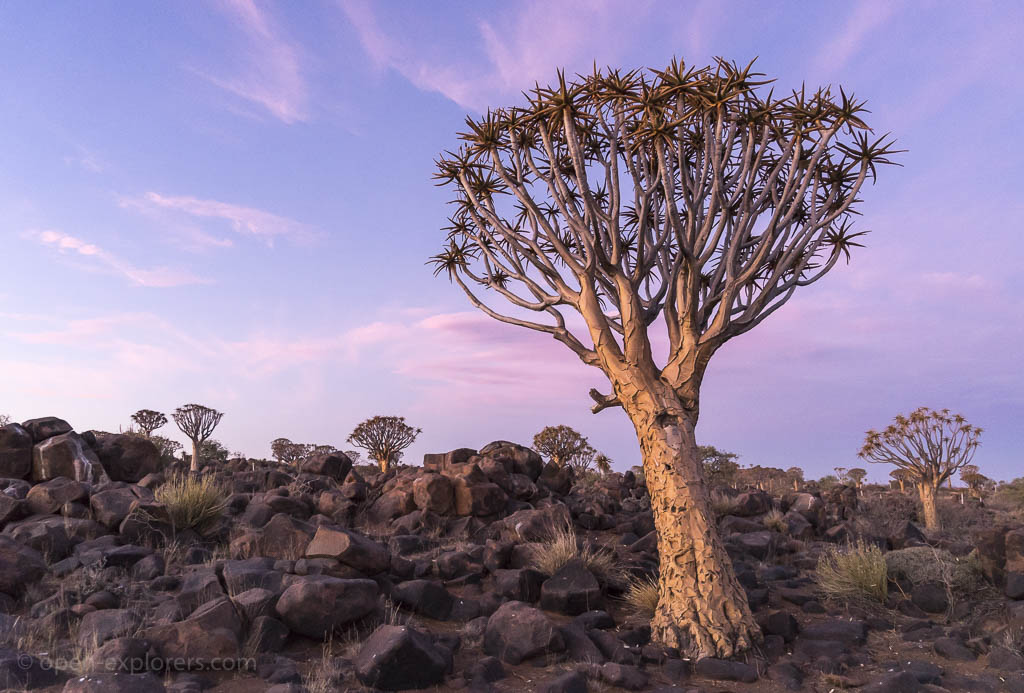
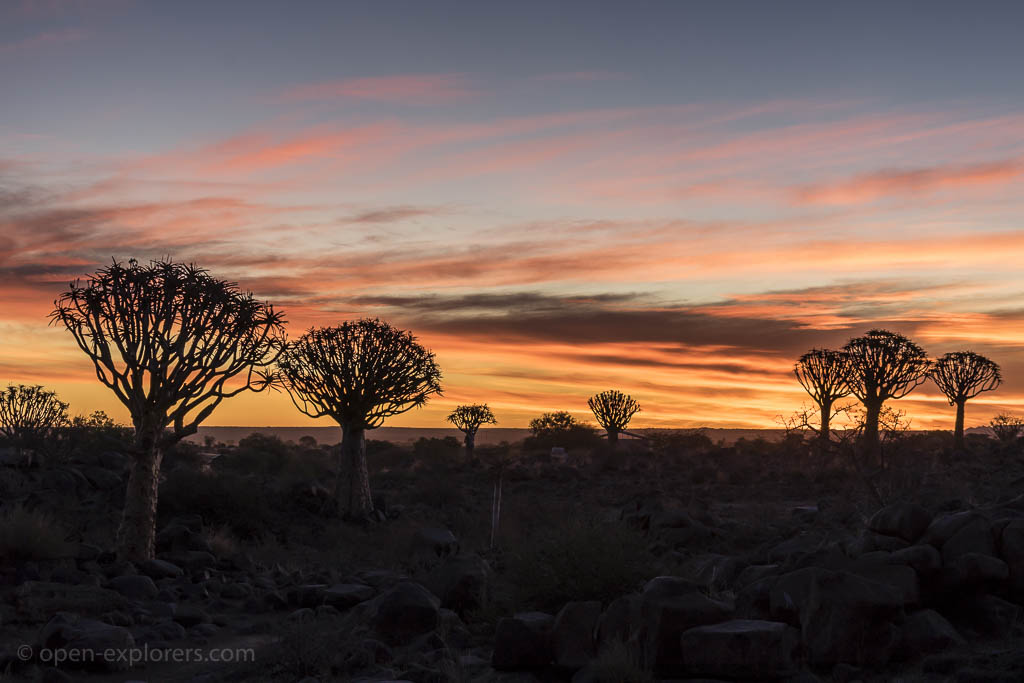
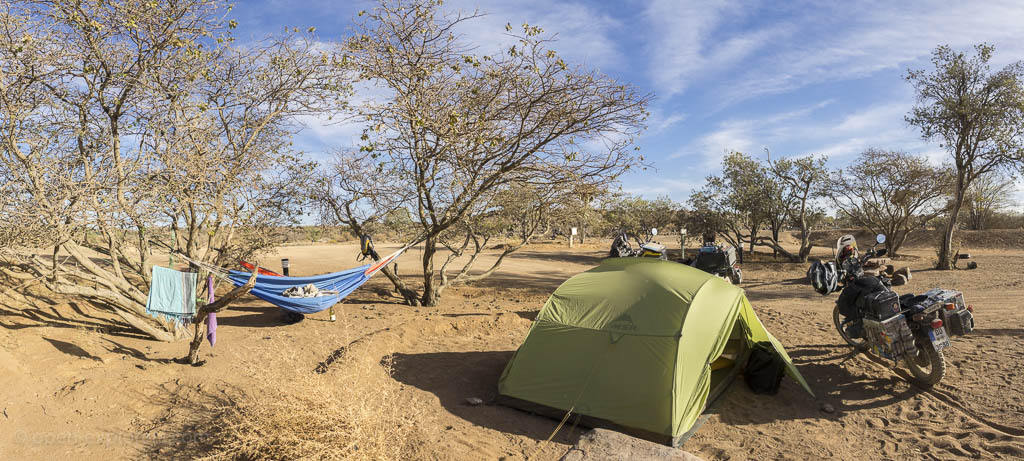
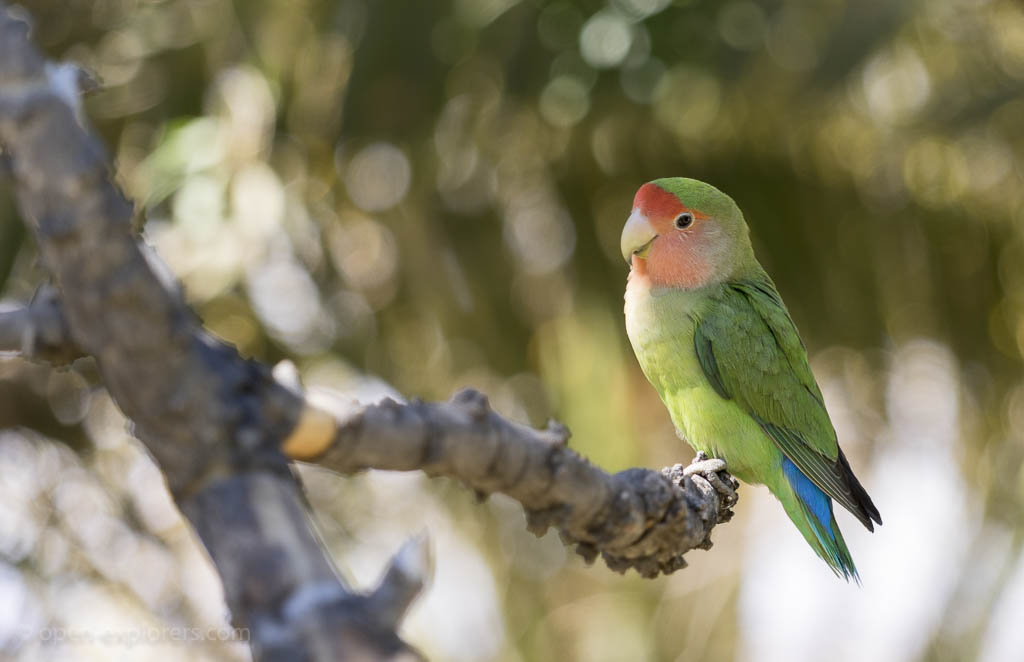
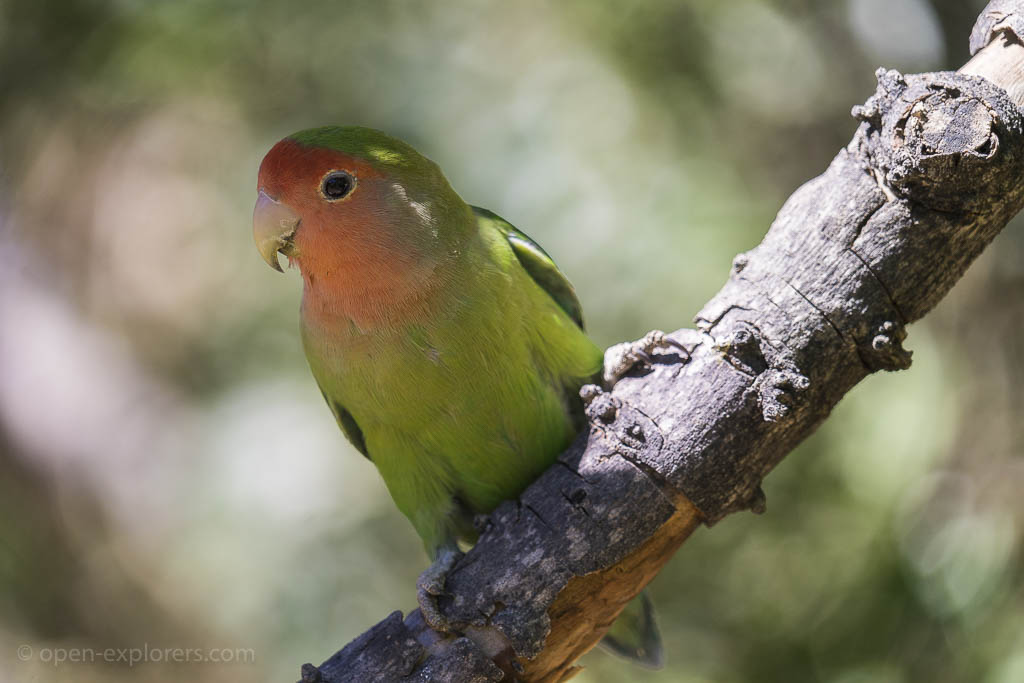
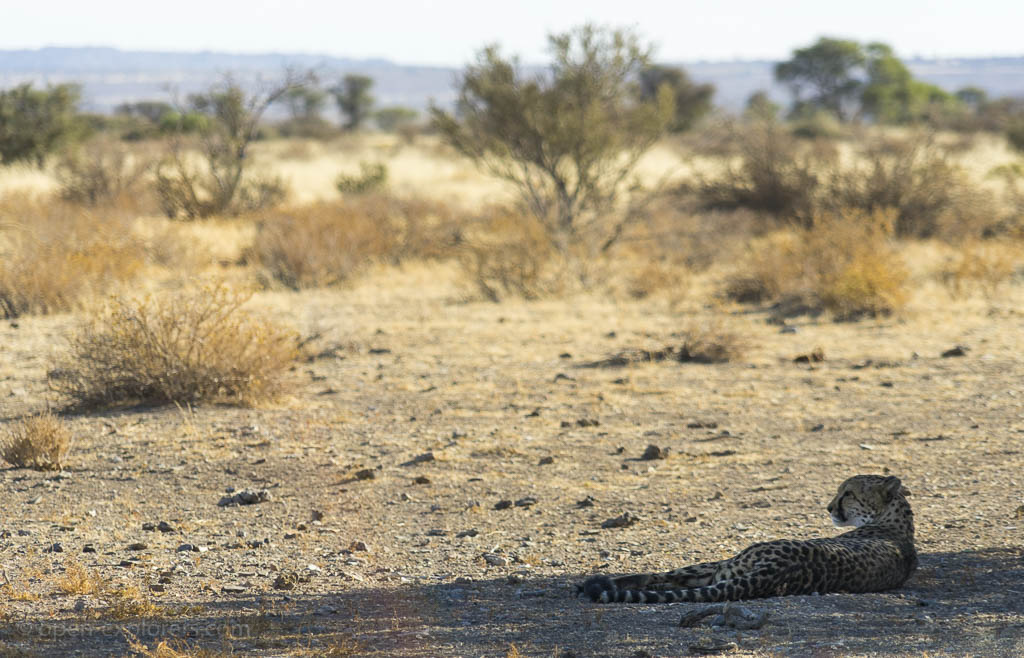
The farm where the camp site is located also has an enclosure where a couple of cheetahs live. While I'm not a fan of keeping animals in captivity, sometimes it seems to be the better option for them. Wherever man and animals coexist in a habitat there will be conflict. Here in Africa wild animals sometimes prey on farm animals. Most farmers will shoot them to protect their livestock, other's fence them in and feed them. The cheetahs on this farm have escaped a death at a very young age this way. And they've already exceeded the average lifespan of their species.
Auf der Farm, auf der sich der Campingplatz befindet gibt es auch einen eingezäunten Bereich in dem ein paar Gepparden leben. Ich bin zwar kein Fan davon Tiere in Gefangenschaft zu halten, aber manchmal scheint es für sie das Beste. Woimmer Menschen und Tiere koexistieren kommt es zu Konflikten. Hier in Afrika passiert es manchmal, dass wilde Tiere die Farmtiere reißen. Die meisten Farmer erschießen die Jäger dann um ihren Tierbestand zu schützen, andere stecken sie in ein Gehege und füttern sie. Die Gepparden hier sind so dem Tod im jungen Alter entronnen und haben mittlerweile sogar die durchschnittliche Lebensdauer ihrer Spezies überschritten.
